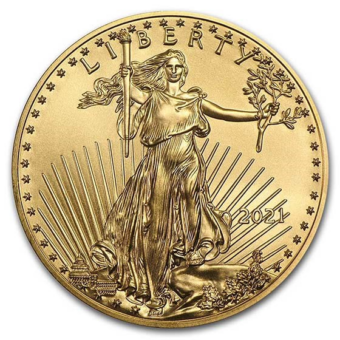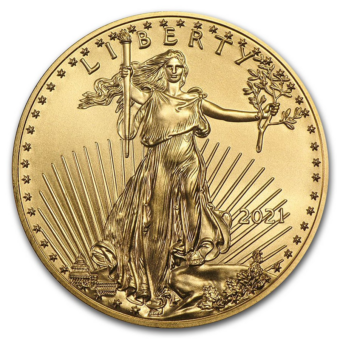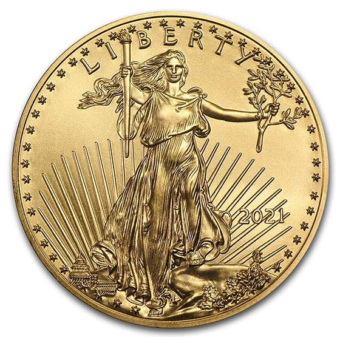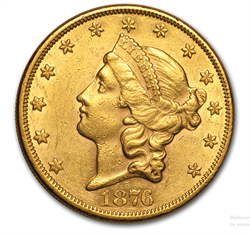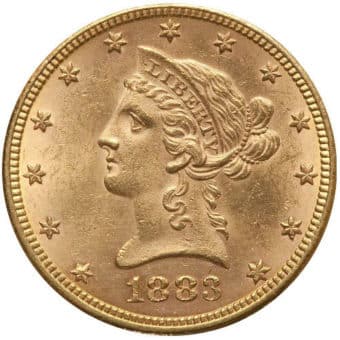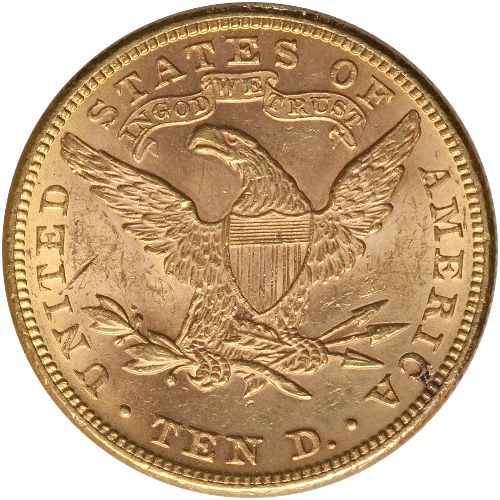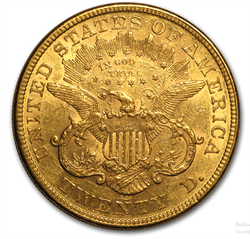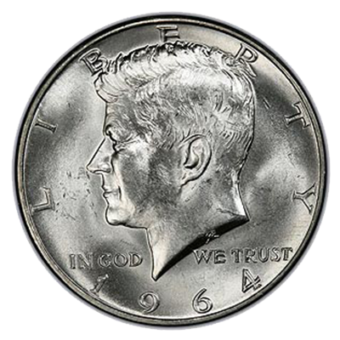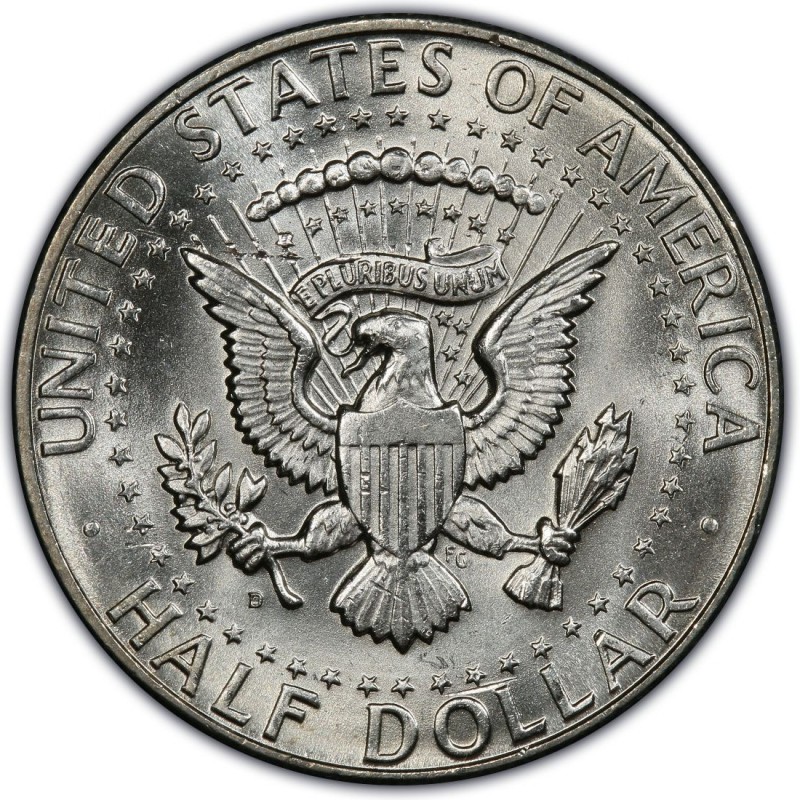The Gold Trail: A Daily Journey Through the Week's Market
Monday - 11.27.23: Gold and silver prices increased in early U.S. trading on Monday. February gold reached a four-week high, and March silver reached a three-month high overnight. The buying support for precious metals comes from the slumping U.S. dollar index, which is trading near last week's three-month low. The technical postures for both metals are also bullish.
Tuesday - 11.28.23: Gold and silver prices continued to rise on Tuesday. Like yesterday, the gains were attributed to a weaker U.S. dollar index and expectations that the U.S. Federal Reserve may be nearing the end of its interest rate hike cycle.
Wednesday - 11.29.23: Gold and silver prices rose slightly in early U.S. trading, with February gold futures hitting a six-month high and March silver reaching a three-month high, bolstered by bullish technical postures and a weakening U.S. dollar index. Mixed global markets and various economic reports, including improved Euro zone consumer confidence and lower-than-expected Australian CPI, also influenced trading, alongside anticipation of an OPEC-plus meeting and fluctuating U.S. Treasury yields.
Thursday - 11.30.23: Gold prices fell moderately in early U.S. trading Thursday after recent gains, with a strong U.S. dollar contributing to the decline. February gold dropped to $2,060.00, while March silver increased slightly. Mixed trends were observed in Asian and European markets, with U.S. stock indexes expected to open stronger. Eurozone inflation decreased more than anticipated, suggesting potential European Central Bank rate cuts. Meanwhile, China's economic indicators, including the manufacturing and services PMIs, showed contraction, hinting at reduced demand for metals.
Friday- 12.01.23:
Gold and silver prices were steady in early U.S. trading, with silver hitting a four-month high. These metals are consolidating before the weekend, with gold and silver bulls holding a near-term advantage. The yield on the U.S. Treasury 10-year note was at 4.338%.
The UAE's Move Away from Dollar in Oil Trades: A Shift in Global Economic Dynamics
In a significant shift in global trade dynamics, the United Arab Emirates has officially stopped using the US dollar for oil trades. This decision marks a notable step in the ongoing process of de-dollarization, challenging the dollar's long-standing dominance in the global oil market. The move by the UAE, a major player in the oil industry, underscores a broader trend where countries are increasingly exploring alternatives to the US dollar for international transactions. This change could have profound implications for the dollar's role in global economics, potentially leading to its devaluation and diminishing its status as the world's primary reserve currency. The consequences of this shift could be far-reaching, potentially impacting the economic stability of Western nations and altering the balance of financial power on the world stage.
Gold's Reckoning and the Unseen Peril of the Fed's Folly
The recent surge in gold prices above $2,000 an ounce is a dire warning, says Axel Merk, a voice of reason amidst a chorus of ignorance. He points to the Federal Reserve's imminent rate cuts, a desperate move to salvage a faltering economy. This article exposes the stark reality: our financial system is a house of cards, ready to collapse at the merest hint of adversity. As gold prices skyrocket, they serve not only as a safe haven but also as a grim harbinger of the economic catastrophe that looms on the horizon. Merk's insights are a clarion call to those blinded by short-sighted policies and a reminder of the enduring value of gold in these treacherous times.
October Inflation Aligns with Expectations, Signaling Potential Federal Reserve Shift
In October, the U.S. saw inflation rates in line with expectations, suggesting a shift in the Federal Reserve's policy may be imminent. The personal consumption expenditures price index, excluding food and energy, rose by 0.2% for the month and 3.5% year-over-year, matching forecasts and signaling a slowdown from September. Overall inflation remained stable, aided by a decrease in energy prices and despite a slight rise in food prices. Personal income and spending both increased by 0.2%, suggesting consumers are adapting to inflation rates. Stock markets responded positively to this news, reaching new highs for the year, while bond yields also rose. The Federal Reserve, observing these trends, might halt rate hikes and potentially reduce rates in 2024. Despite a stronger overall economy, there are indications of a softening job market, with an increase in continuing unemployment claims. This data, along with a global decrease in inflation rates, could influence the Fed's future monetary policy.
U.S. Banks Closing Branches: A Shift Towards Digital Banking and Cost Savings
In a significant trend, top U.S. banks, led by PNC Bank, are shutting down a total of 64 branches in a week, signaling a shift towards digital banking and cost-saving strategies. This move reflects a broader trend of branch closures, accelerated by the pandemic and the rise of online banking. While digital banking offers convenience and security, the physical branch closures are creating 'bank deserts' in small towns, affecting local businesses and potentially leading to increased use of unregulated financial services. This trend raises concerns about the accessibility of banking services, especially for those who rely on physical branches. The closures, part of a long-term trend seen over the past few years, highlight the changing landscape of banking in the face of technological advancements and economic pressures.
Gold and Silver's Unstoppable Surge: A Dire Warning to the Complacent
Gold and silver aren't just on the rise, they're sending a warning that the financial elites are trying to conceal. The article you’re about to read is spot on here. Our economy's in deep trouble, with a national debt hitting $34 trillion and the Fed playing with fire. Gold and silver? They're your lifeline when everything else goes under. It’s time to wake up to the reality: this rally is the only solid ground left in a system that's about to blow.
Gold's Path to Record Highs: A Surge in Value Amidst Economic Uncertainties
Gold's recent surge above $2,000 per ounce is sparking predictions of an ascent to new all-time highs. With its price reaching over $2,013 per ounce, the highest in six months and rising for two consecutive weeks, experts like Mark Newton of Fundstrat see technical signs of an ongoing rally, potentially reaching up to $2,500 per ounce. Factors such as falling real rates, geopolitical tensions, and anticipation of an end to the Federal Reserve's rate hikes contribute to this bullish outlook. Michele Schneider of MarketGauge.com even suggests a possible climb to $3,000, given gold's resilience against a stable dollar and higher rates. This uptrend is further supported by substantial buying from central banks, with China leading the purchases, and a decline in long-term Treasury yields, enhancing gold's appeal over bonds.
Navigating the Rough Seas of Mega Banking: A Call for Strategic Diversification
The U.S. financial sector, especially the mega banks, is currently navigating through turbulent waters. Revelations of a colossal $650 billion in unrealized losses and the Federal Funds Rate nearing the critical 6% mark have set off alarms about the stability of these financial giants. Economist Larry McDonald highlights a looming domino effect due to these escalating rates, threatening the already fragile state of major banks. The risk of a major bank's failure brings with it the threat of widespread systemic instability, a scenario underscored by the interconnected nature of these institutions. Financial experts, including Martin Smith and Sarah Johnson, stress the importance of examining more than just profit margins – focusing on long-term debt and risk exposure is crucial. The outdated "too big to fail" philosophy is facing renewed scrutiny, especially given the Federal Reserve's dual role in stabilizing and inadvertently inflating risks within these institutions. To mitigate these risks, diversification is key. Experts like John Davis and Emily Chang are advocating for the safety of smaller regional banks, credit unions, digital banking platforms, precious metals, and even cryptocurrencies. Alongside these strategic moves, financial literacy is more important than ever, as staying informed is crucial in this rapidly evolving financial landscape. In sum, the volatility surrounding America's mega banks demands a comprehensive and cautious approach to personal financial management, emphasizing diversification, alternative investments, and continuous education.
Silver's Rising Tide: EV and Solar Demand Boosting 2024 Outlook
Bank of America analysts project a bullish trend for silver in 2024, fueled by increasing demand from the electric vehicle (EV) and solar panel sectors. Despite current market challenges, silver prices have maintained steady support above $20/oz. Key factors like green spending, subdued supply growth, and the potential for a broader economic recovery are expected to drive prices up. While traditional industrial demand for silver remains weak, growth in green technologies and robust demand in markets like India, particularly for jewelry, are compensating. The evolving use of silver in EVs and solar panels, despite technological changes in panel manufacturing, is anticipated to play a pivotal role in sustaining and increasing silver's demand. Overall, market fundamentals, including production constraints and growing green technology demands, are setting the stage for a stronger silver market in the near future.
Jamie Dimon's Stark Economic Forecast: Brace for Inflation and Potential Recession
JPMorgan Chase CEO Jamie Dimon delivered a sobering message at the 2023 New York Times DealBook Summit, warning of potential inflation spikes and a looming recession. He cited various global challenges, including the need for increased government funding for the green economy, remilitarization, and energy crises, all of which could fuel inflationary pressures. Dimon also expressed concern about the labor market and the impact of inflation on everyday people. He criticized the past stimulus measures and quantitative easing as temporary boosts, likening them to a "sugar high" for the economy. Looking ahead, Dimon anticipates that the Federal Reserve may continue its aggressive interest rate hikes, possibly reaching a 7% threshold. He emphasized the geopolitical risks, including conflicts in Ukraine, Israel, and Gaza, which could affect global energy and food supply, trade, and diplomatic relations, even raising the specter of nuclear blackmail. On the business front, despite JPMorgan Chase's dealings with companies like ByteDance and Shein, Dimon remains confident in their due diligence process and downplays the national security threats posed by these business relations with China.
Wells Fargo Forecasts a Decline in the US Dollar Through 2024
Economists at Wells Fargo predict a significant depreciation of the US Dollar in 2024, influenced by various economic conditions. Initially, the US's economic performance might bolster the dollar in early 2024, but as the year progresses, a broad depreciation is expected. Key factors driving this trend include advances in controlling inflation, which could lead to earlier-than-expected Federal Reserve rate cuts, thereby curbing gains for the dollar. Furthermore, a potential hard landing or recession in the US would negatively impact interest rates and growth trends, weakening the dollar. Even a soft landing scenario, combined with lower US yields and improved inflation, could boost broader financial market sentiment and diminish the dollar's appeal as a safe haven. With the global monetary policy cycle shifting towards easing, this depreciation seems increasingly likely across various economic scenarios.
Next Week’s Key Events
Monday, December 4
- 10:00 AM - Factory Orders for October
Tuesday, December 5
- 10:00 AM - ISM Non-Manufacturing PMI for November
- 10:00 AM - JOLTS (Job Openings and Labor Turnover Survey) for October
Wednesday, December 6
- 8:15 AM - ADP Employment Report for November
Thursday, December 7
- 8:30 AM - Initial Jobless Claims for the week ending December 2
Friday, December 8
- 10:00 AM - Consumer Sentiment (Preliminary) for December
- 8:30 AM - Employment Situation Summary (Jobs Report) for November
IMPACT ON GOLD AND SILVER MARKETS:
Factory Orders: A significant increase or decrease in factory orders can indicate economic strength or weakness, respectively, affecting investor sentiment towards precious metals like gold and silver.
ISM Non-Manufacturing PMI: This index measures the health of the non-manufacturing sector. A higher than expected reading can be bullish for the dollar, potentially bearish for gold and silver, and vice versa.
JOLTS: High job openings can signal a robust labor market, influencing investor confidence and potentially reducing the appeal of safe-haven assets like gold and silver.
ADP Employment Report: This report provides insights into private sector employment. Strong employment numbers can strengthen the dollar and put pressure on gold and silver prices.
Initial Jobless Claims: Lower jobless claims indicate a strong job market, which could lead to a stronger dollar and lower demand for gold and silver as safe-haven assets.
Consumer Sentiment: Consumer confidence impacts economic outlook and spending. High confidence can bolster the stock market, potentially diminishing the allure of gold and silver.
Employment Situation Summary (Jobs Report): This comprehensive report affects monetary policy and investor sentiment. Positive employment data can strengthen the dollar, making gold and silver less attractive as alternative investments.







